The coils and setup are excellent work the equipment is relative at this point.
I was hoping you would hit 2075 Kc in the middle of the graph when capacitor is 50%.
A Spec Analyzer may show what is going on when the air variable capacitor is between 60 and 90 degrees.
A goal of 2050 to 2100 Kc for the entire sweep would be great goal. I believe it is a successful build. You hit in the ball park.
great job!
I was hoping you would hit 2075 Kc in the middle of the graph when capacitor is 50%.
A Spec Analyzer may show what is going on when the air variable capacitor is between 60 and 90 degrees.
A goal of 2050 to 2100 Kc for the entire sweep would be great goal. I believe it is a successful build. You hit in the ball park.
great job!


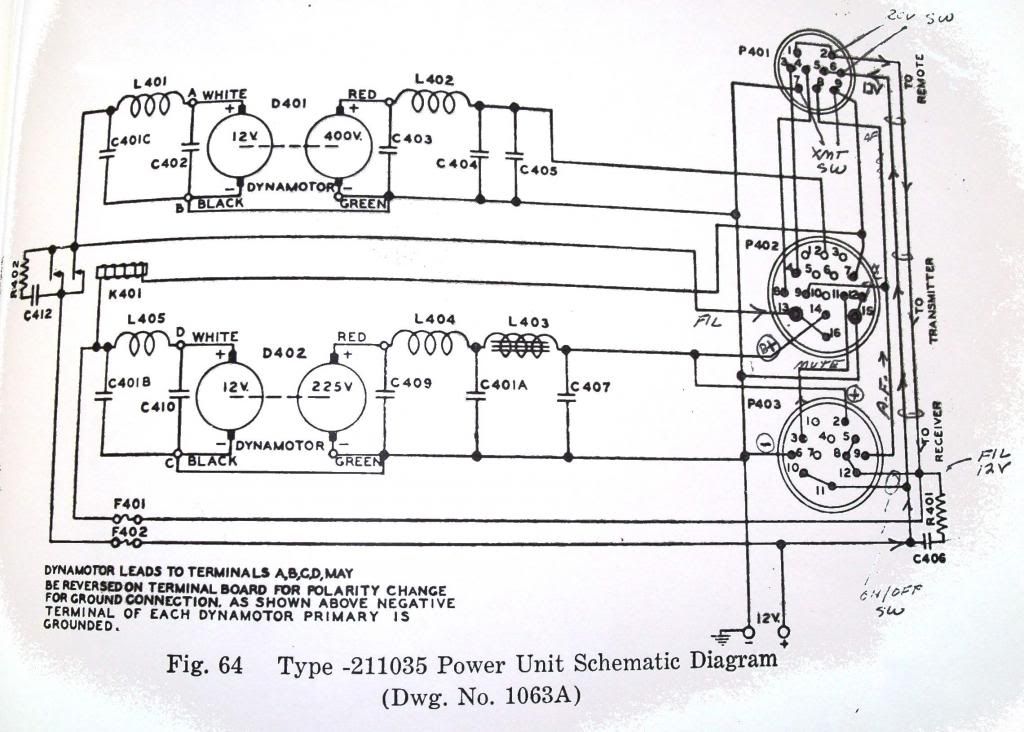
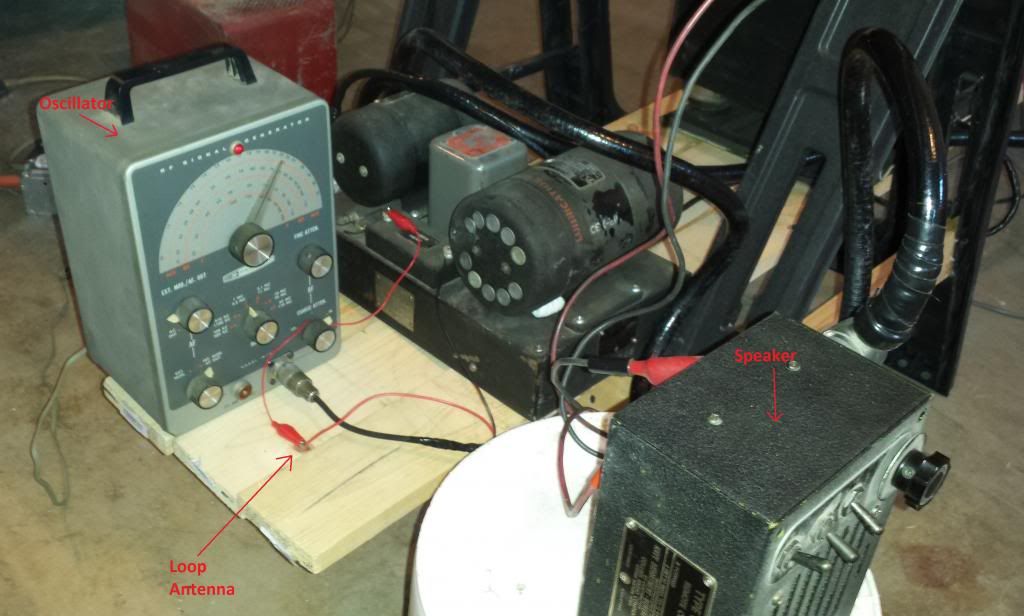

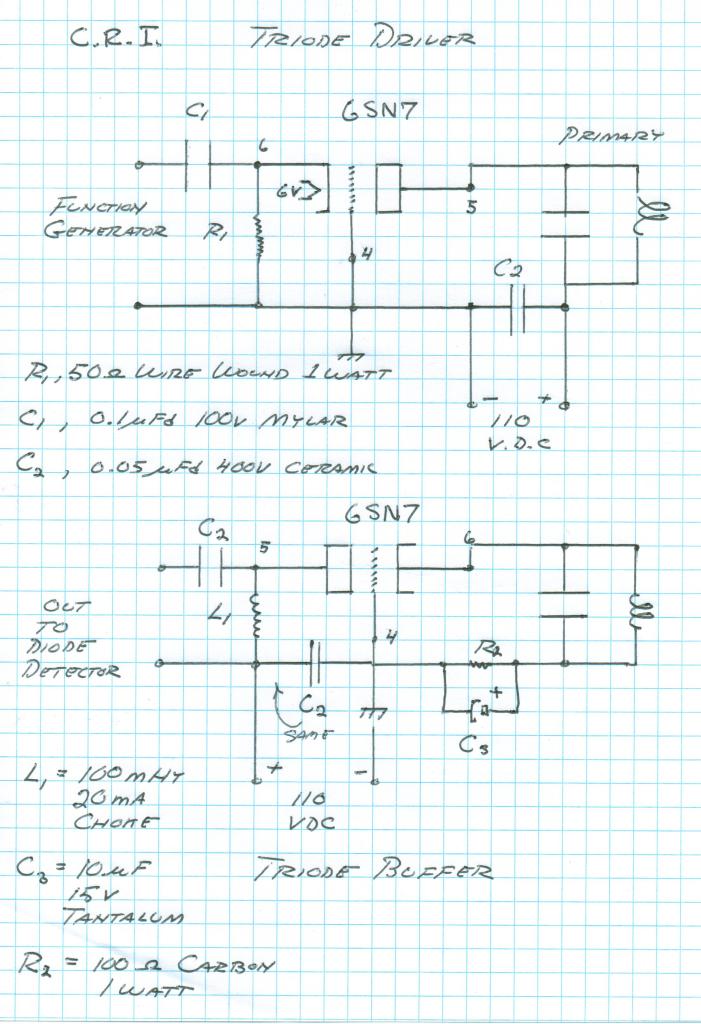

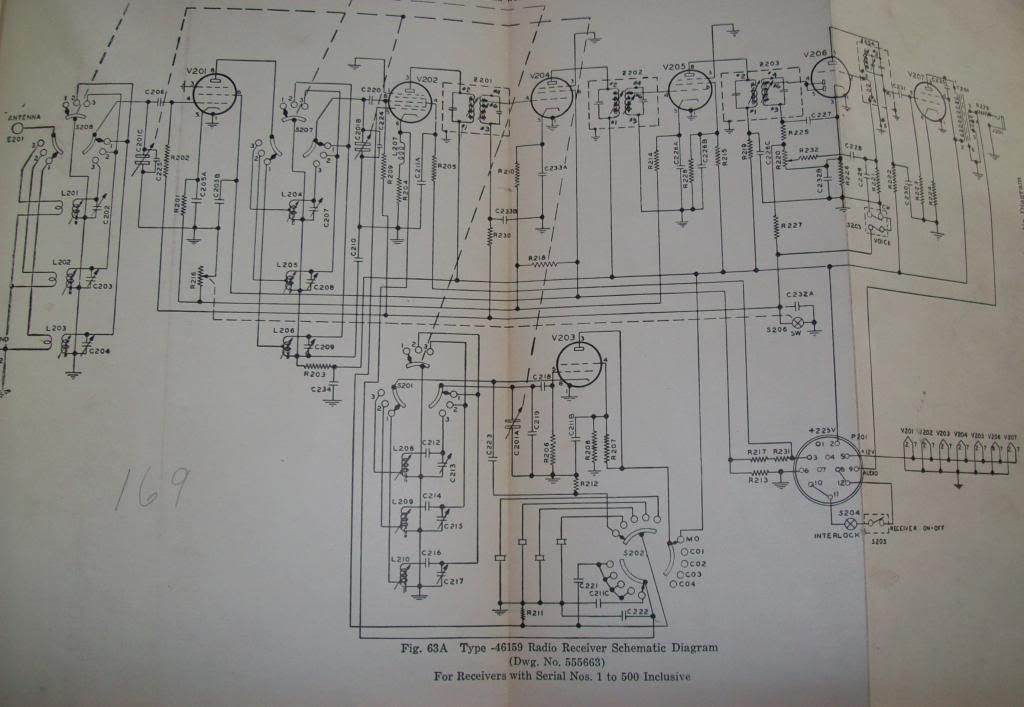
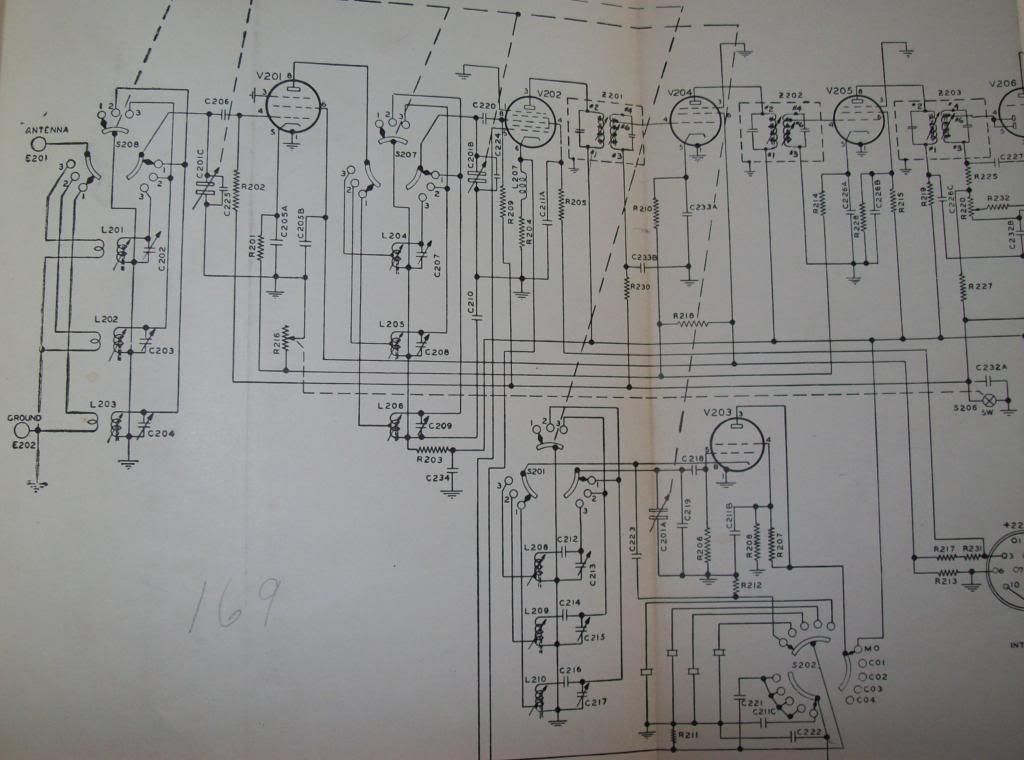
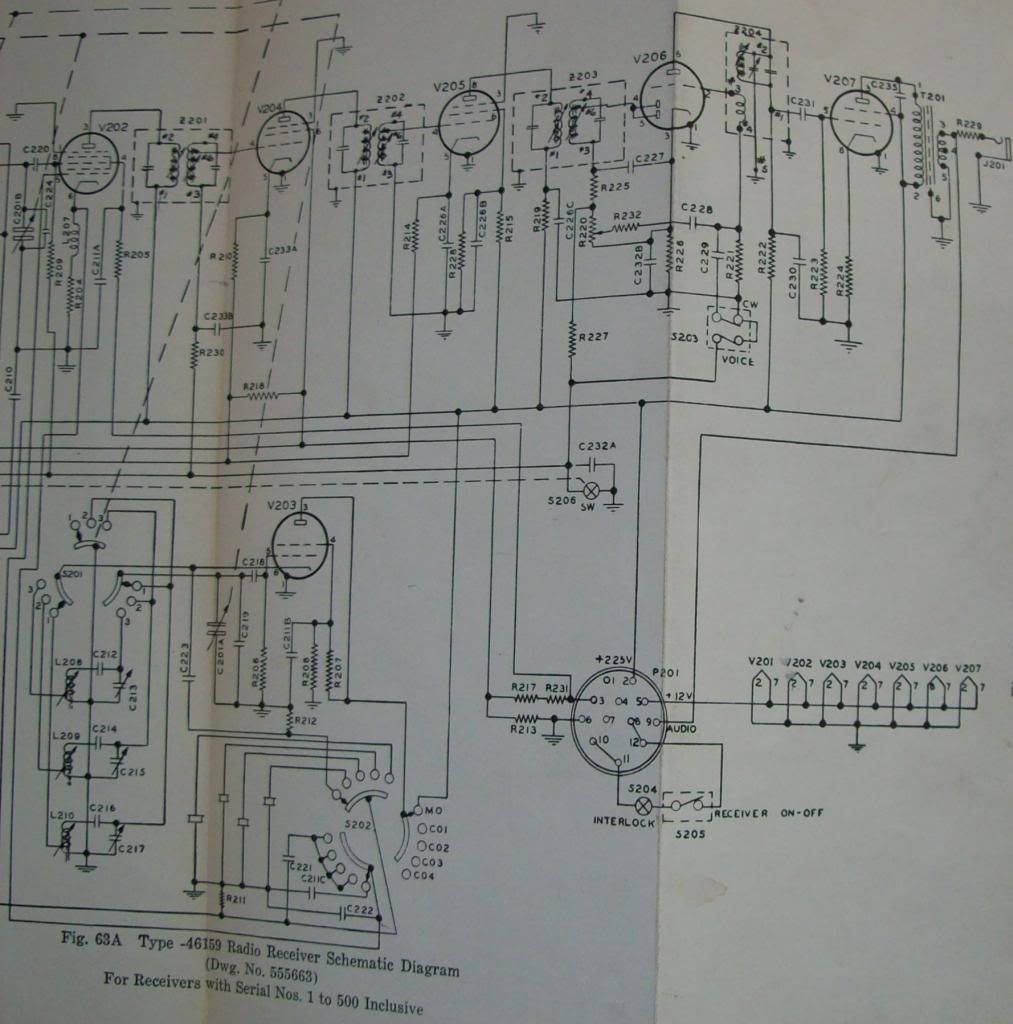
Comment